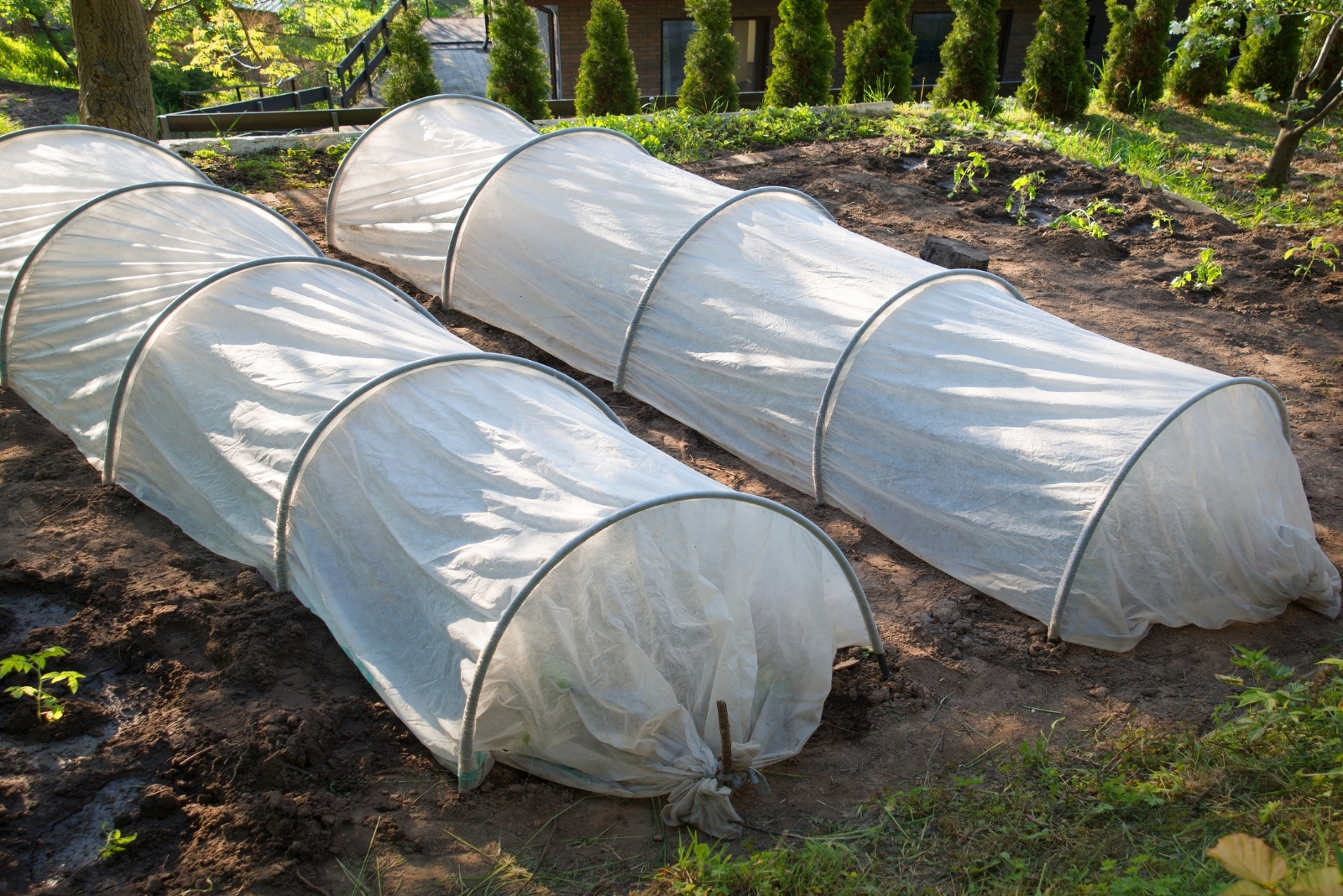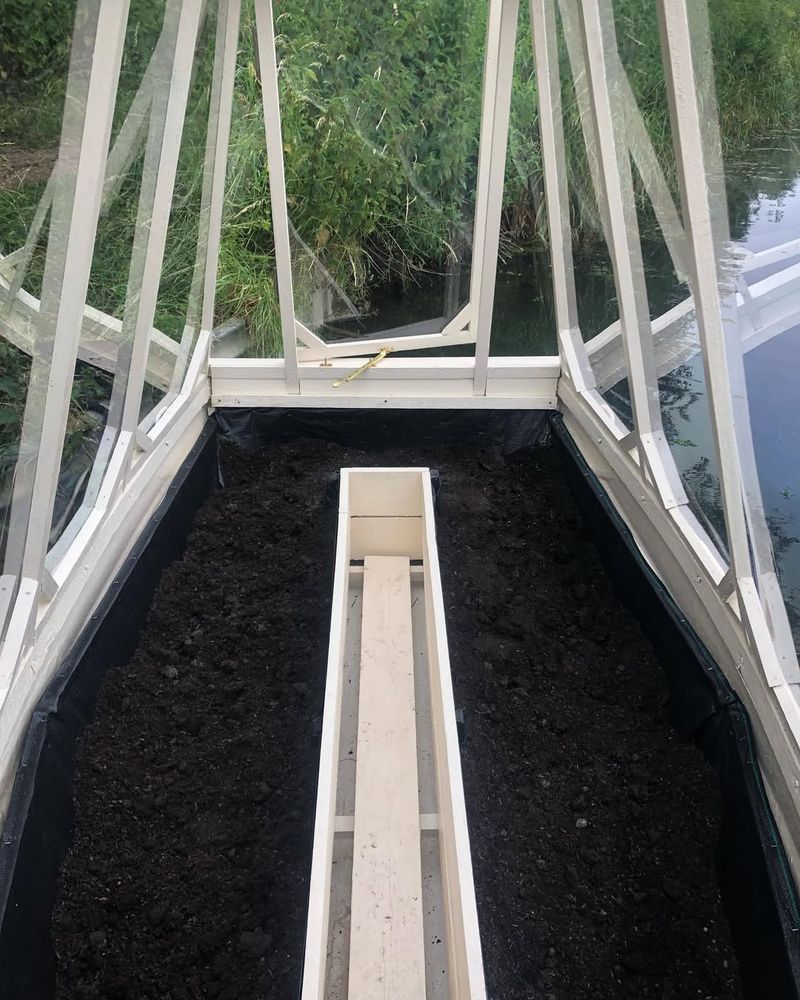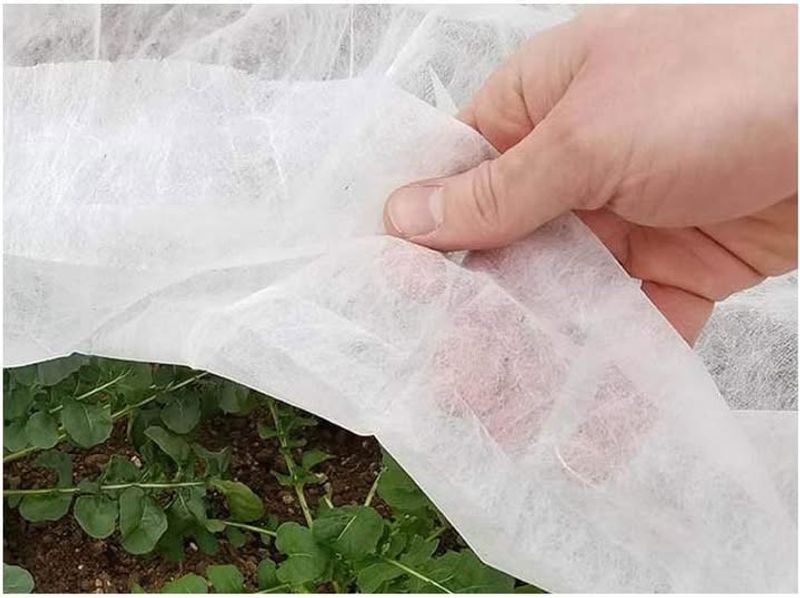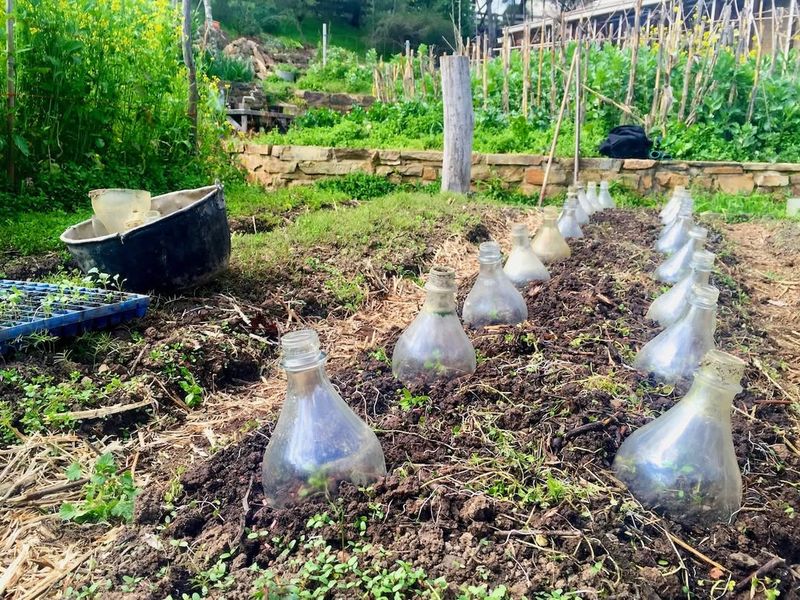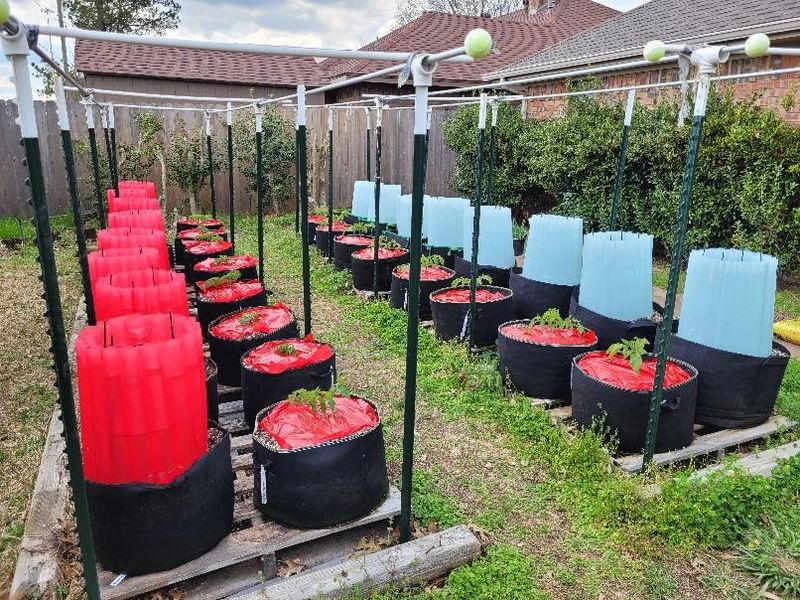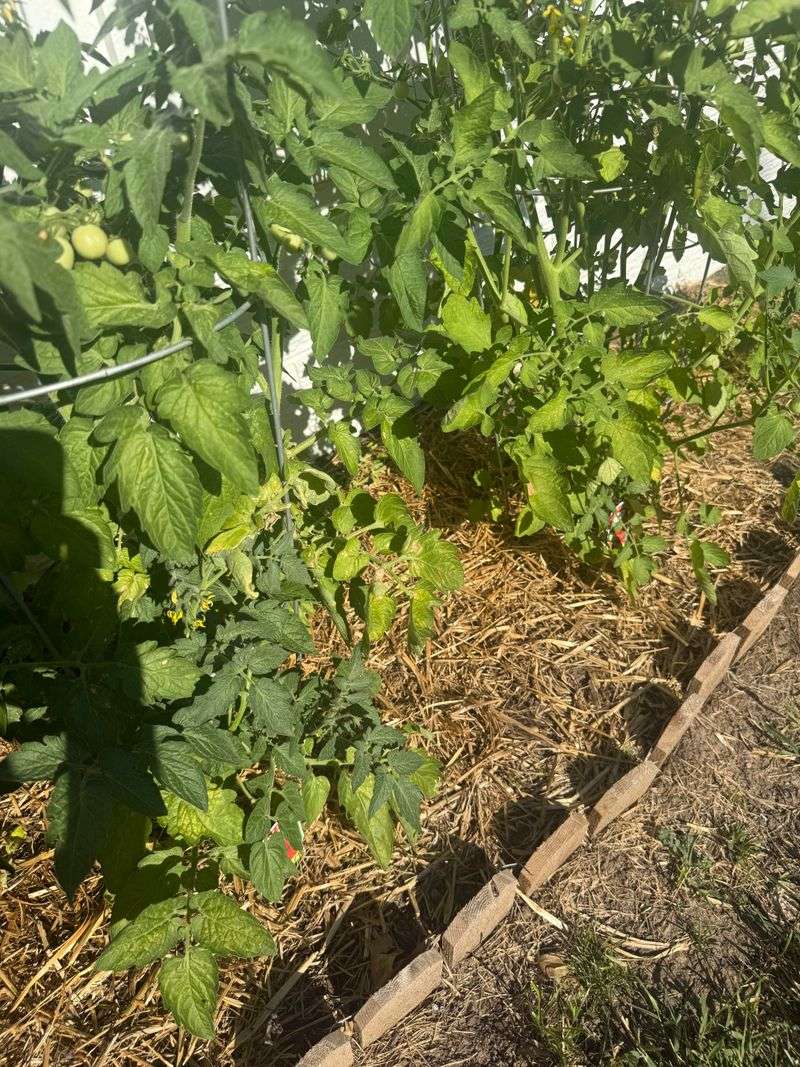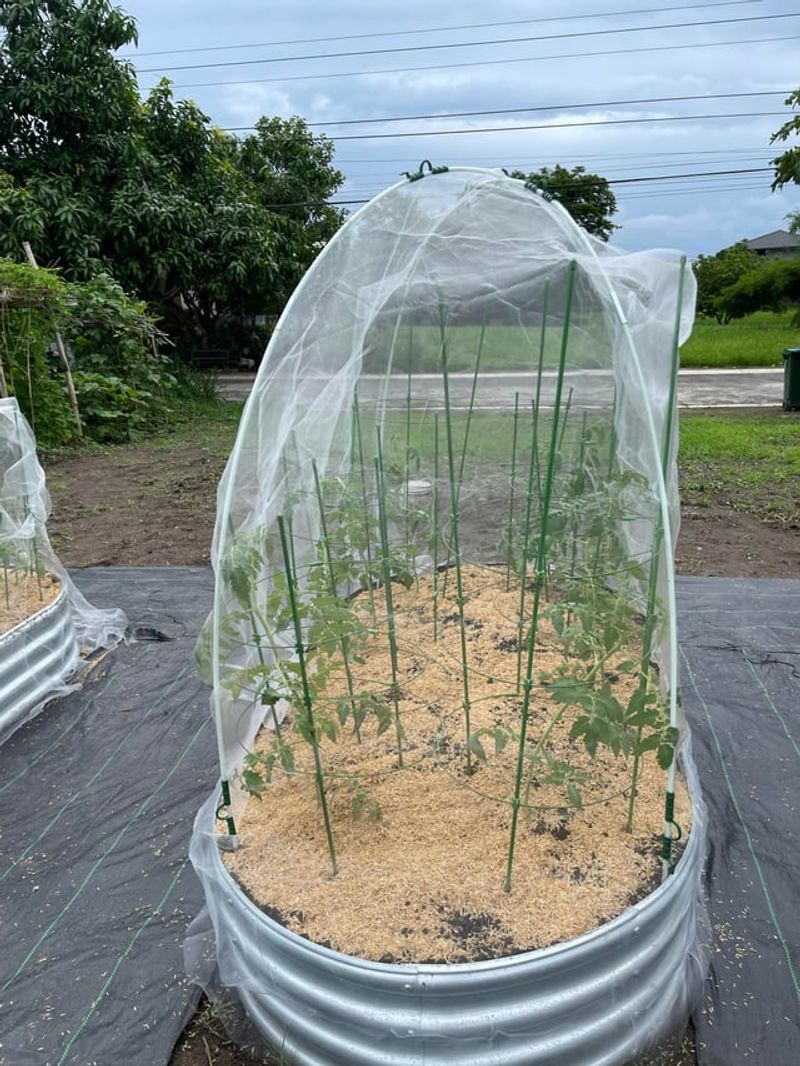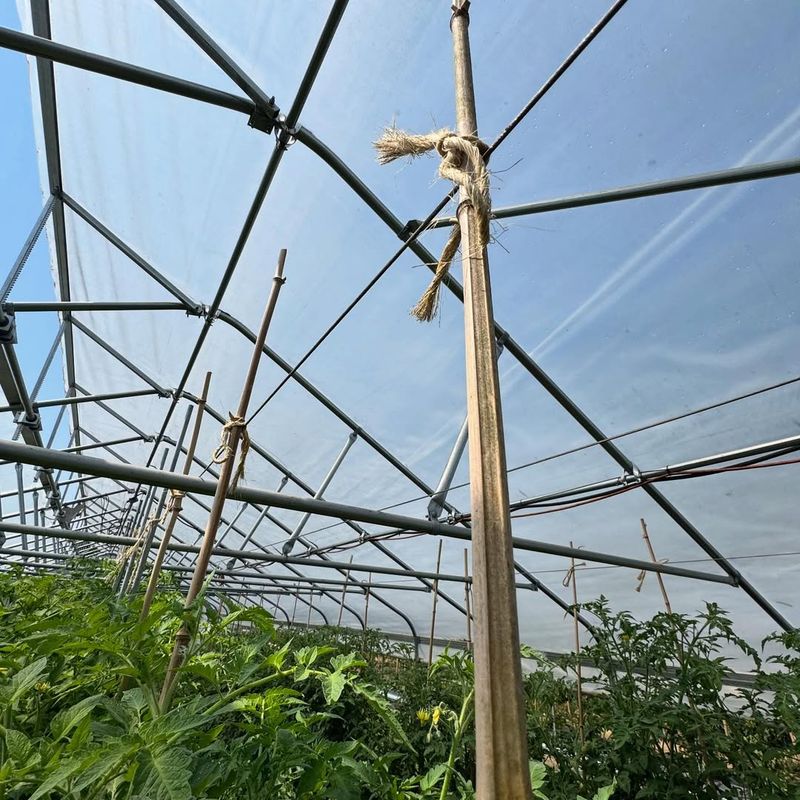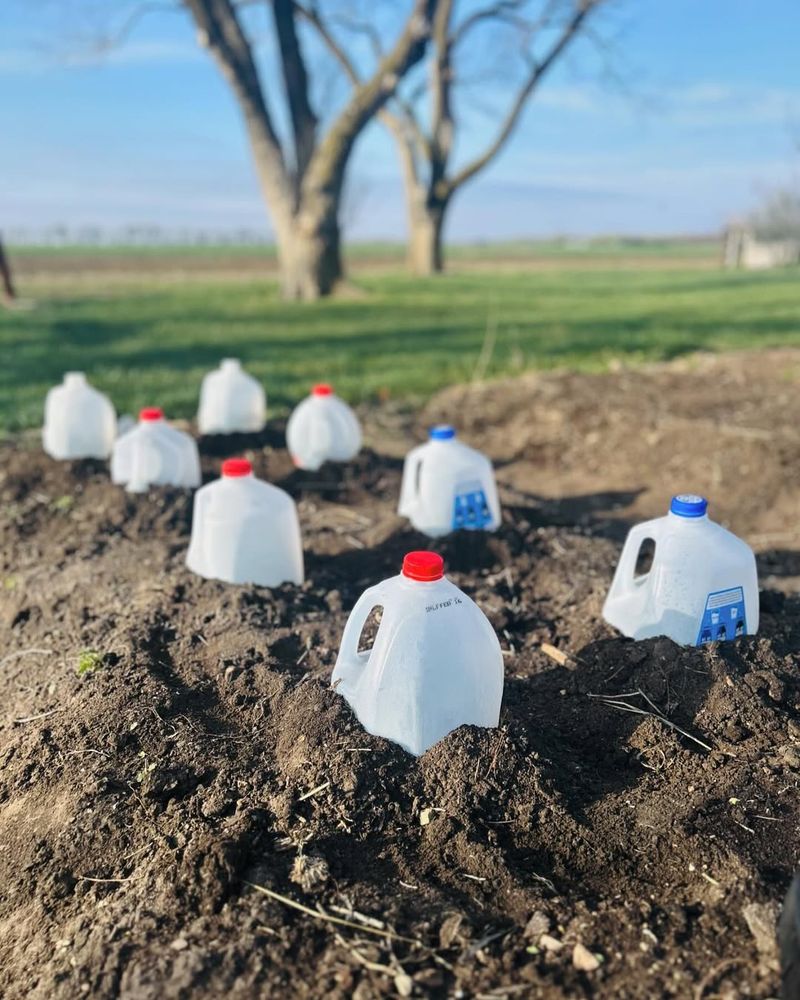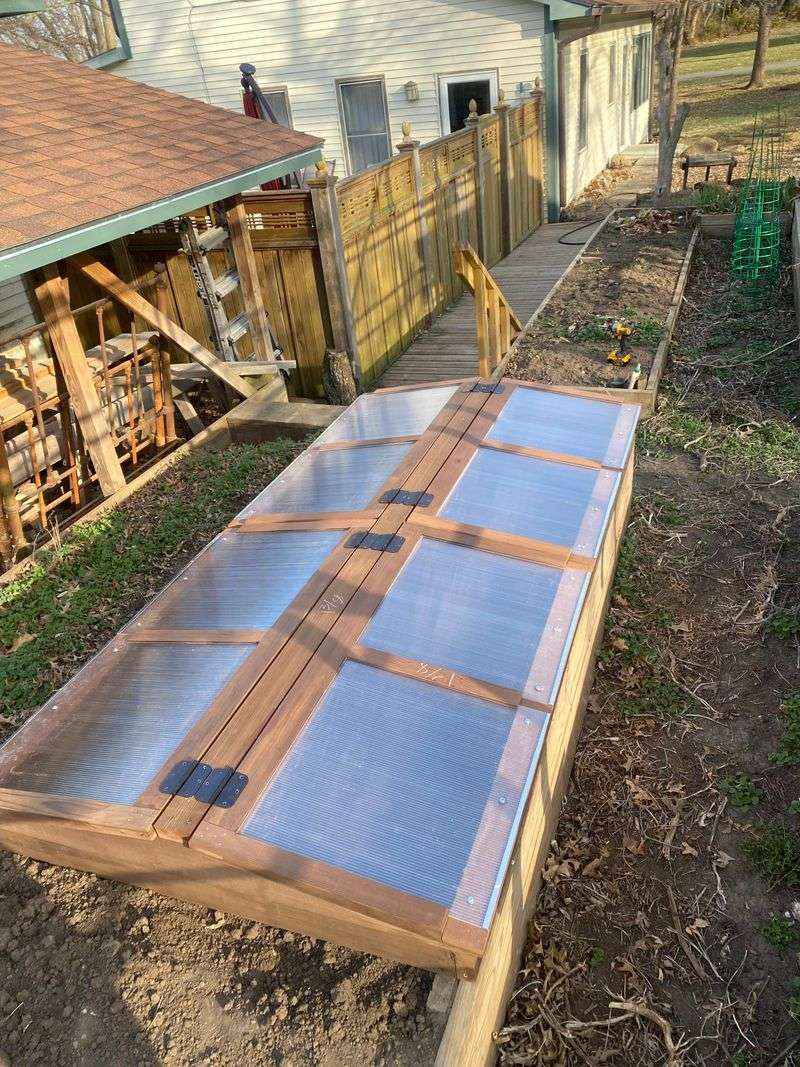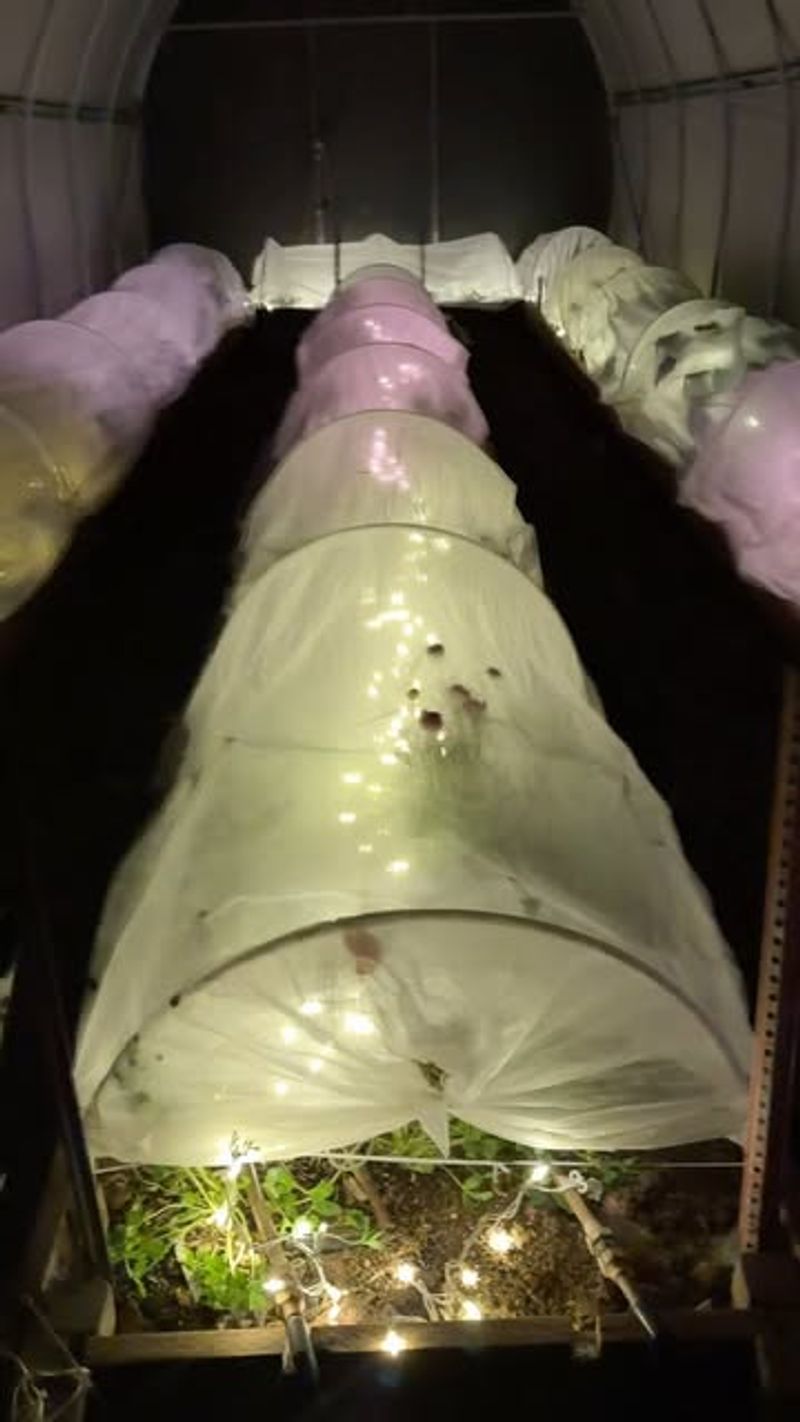Tomato lovers in Colorado know the panic that comes when frost warnings pop up. Those chilly nights can wipe out months of hard work in a single evening.
The good news is there are plenty of simple tricks to keep tomato plants safe. Let’s go over the frost protection methods that work best in Colorado gardens.
1. Wall of Water
These plastic teepee-like structures create a mini greenhouse effect around each plant. The water inside absorbs heat during the day and releases it at night, keeping plants cozy.
Many Colorado gardeners swear by this method because it can protect plants down to 16°F. You can leave them in place until plants outgrow them in early summer.
2. Row Covers
Lightweight fabric covers create a protective barrier while allowing light and water through. Simply drape them over plants or support structures before evening frost warnings.
Colorado’s fluctuating spring temperatures make these perfect since they’re easy to put on and remove. Keep them handy throughout growing season for unexpected cold snaps.
3. Cloches
Traditional glass or modern plastic bell-shaped covers work as mini greenhouses for individual plants. Place them over young tomatoes before temperatures drop in the evening.
For Colorado gardeners, the clear versions allow sunshine to warm the soil during our sunny days. Remove them during warm days to prevent overheating your precious tomato plants.
4. Water Rings
Fill black plastic rings with water and place around plants. The water absorbs heat during Colorado’s sunny days and releases it slowly overnight, moderating temperature fluctuations.
This method works particularly well in Colorado’s Front Range where day-night temperature swings can be extreme. The thermal mass principle helps maintain a more stable environment for sensitive tomato plants.
5. Mulching
Apply a thick layer of organic mulch around plants to insulate soil and roots. Materials like straw, shredded leaves or wood chips work wonderfully in Colorado’s dry climate.
The mulch retains daytime heat and releases it slowly during cold Colorado nights. As a bonus, it also conserves moisture and suppresses weeds throughout the growing season.
6. Plastic Sheeting
Drape clear plastic over support structures around plants when frost threatens. Secure edges with rocks or soil to trap warm air inside during Colorado’s chilly nights.
Remember to remove plastic during sunny days to prevent overheating. This method is particularly effective in Colorado’s mountain towns where nighttime temperatures can drop dramatically even in summer.
7. Heating Cables
Install soil heating cables beneath tomato plants to maintain root zone temperatures. The gentle warmth prevents soil from freezing during Colorado’s unpredictable spring cold snaps.
Many serious Colorado tomato growers use this method for extending the growing season. While more expensive initially, these cables can be reused for years and often pay for themselves in saved plants.
8. Milk Jug Greenhouses
Cut the bottom from plastic milk jugs and place over small plants. Remove caps during daytime for ventilation in Colorado’s intense sunshine.
This recycled solution is perfect for Colorado’s unpredictable spring weather. The jugs create a protective microclimate around tender seedlings while allowing you to harden them off gradually to our challenging conditions.
9. Cold Frames
Build or purchase a box-like structure with a transparent top that traps solar heat. Place it over tomato plants when frost threatens in Colorado’s unpredictable climate.
Many Colorado gardeners use cold frames with automatic vent openers that prevent overheating. These structures can extend your growing season by several weeks at both ends, making them worth the investment.
10. Christmas Lights
String old-fashioned incandescent lights (not LEDs) around tomato plants before covering with fabric. The gentle heat from the bulbs provides crucial warmth during Colorado’s frosty nights.
This charming method is surprisingly effective in Colorado’s foothills communities. The combination of light heat plus a covering can protect plants when temperatures drop into the high 20s°F.

